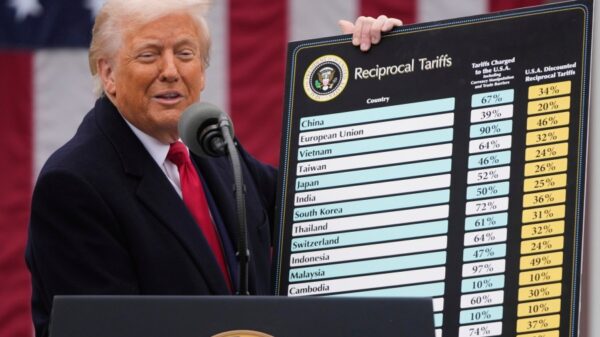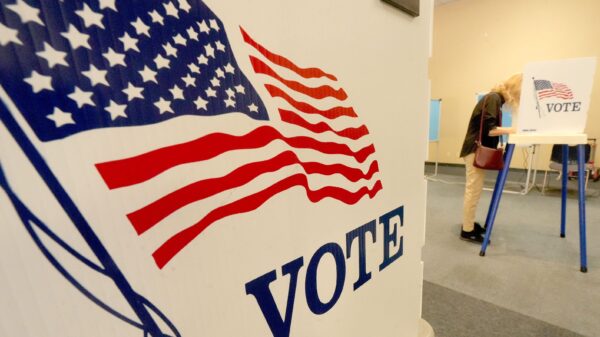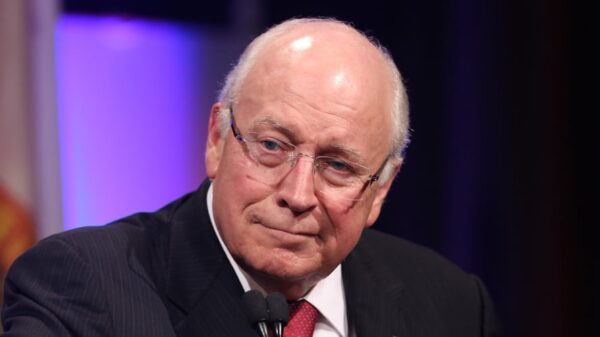The U.S. Supreme Court engaged in a rigorous examination of the legality of tariffs imposed by former President Donald Trump on November 5, 2023. This pivotal case could have significant implications for the global economy and the balance of power between the executive and legislative branches of government. The justices scrutinized arguments presented by U.S. Solicitor General D. John Sauer, who defended the administration’s use of the International Emergency Economic Powers Act (IEEPA) to impose these tariffs.
During the proceedings, the justices expressed concerns about whether Trump overstepped his authority by applying a law intended for national emergencies to impose tariffs indefinitely. The legal grounds for the administration’s actions came under fire, with questions raised about the interpretation of the statute and its implications for congressional powers. The Supreme Court’s decision will reflect on Trump’s aggressive use of executive authority in trade policy.
The case stems from challenges brought by affected businesses and twelve states, primarily those led by Democratic governors, which argue that Trump’s tariffs exceeded his constitutional powers. The tariffs, which are taxes on imported goods, could potentially generate up to $1.2 trillion over the next decade, further complicating the matter for the justices.
Key Arguments Presented
In his opening remarks, Sauer defended the tariffs as a necessary response to what Trump deemed an economic crisis stemming from trade deficits. He stated that the tariffs have been instrumental in facilitating trade negotiations with various countries, claiming that dismantling these tariffs could result in severe economic repercussions due to retaliatory actions from other nations.
The U.S. Constitution clearly designates Congress as the authority for imposing taxes and tariffs, a point emphasized by Chief Justice John Roberts. He challenged Sauer’s assertion that the IEEPA grants the president the power to regulate imports in a manner that includes tariff imposition. Justices, including Amy Coney Barrett and Elena Kagan, questioned the historical and legal precedents of such expansive executive authority.
Sauer argued that the tariffs did not violate the Supreme Court’s “major questions” doctrine, which mandates that actions with significant economic impact require explicit congressional approval. This doctrine has previously been invoked to reject policies from the Biden administration, adding another layer of complexity to the current legal debate.
Potential Outcomes and Global Implications
The Supreme Court has historically taken months to reach decisions, yet the Trump administration has requested a swift ruling in this case due to its potential far-reaching effects. Scott Bessent, a key figure in the administration, indicated that even if the Supreme Court ruled against the use of IEEPA, the tariffs could remain in effect under different legal justifications already employed by Trump.
The tariffs, initially positioned as a tool for economic leverage, have escalated into a broader global trade conflict, impacting relationships with key trading partners such as China, Canada, and Mexico. The economic landscape has become increasingly volatile, with concerns mounting over the implications for international trade and domestic economic stability.
As the world watches, the Supreme Court’s ruling will not only clarify the extent of presidential power regarding tariffs but could also reshape the future of U.S. trade policy and its standing in global markets. The outcome of this case serves as a critical juncture in defining the boundaries of executive authority and its accountability to Congress.




































































